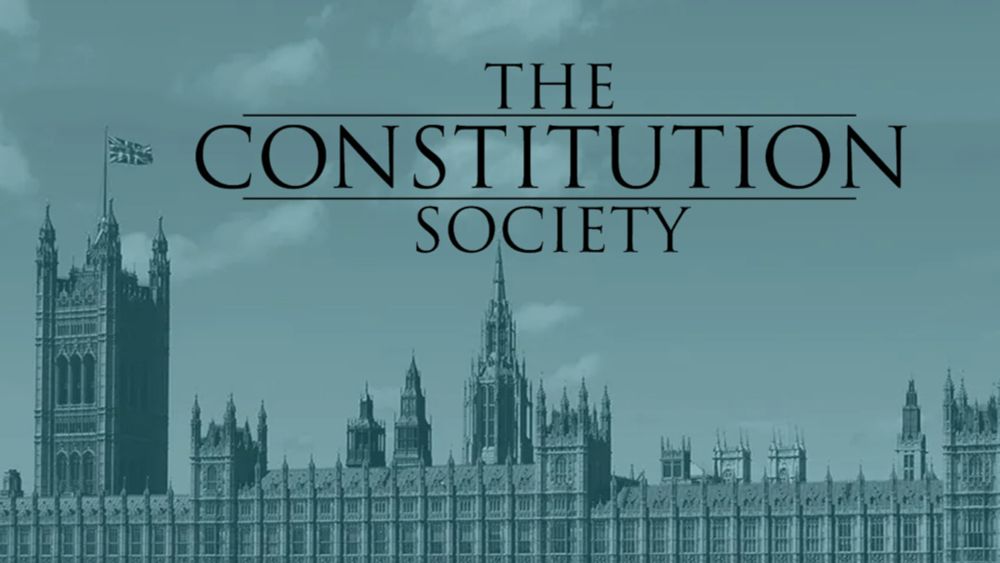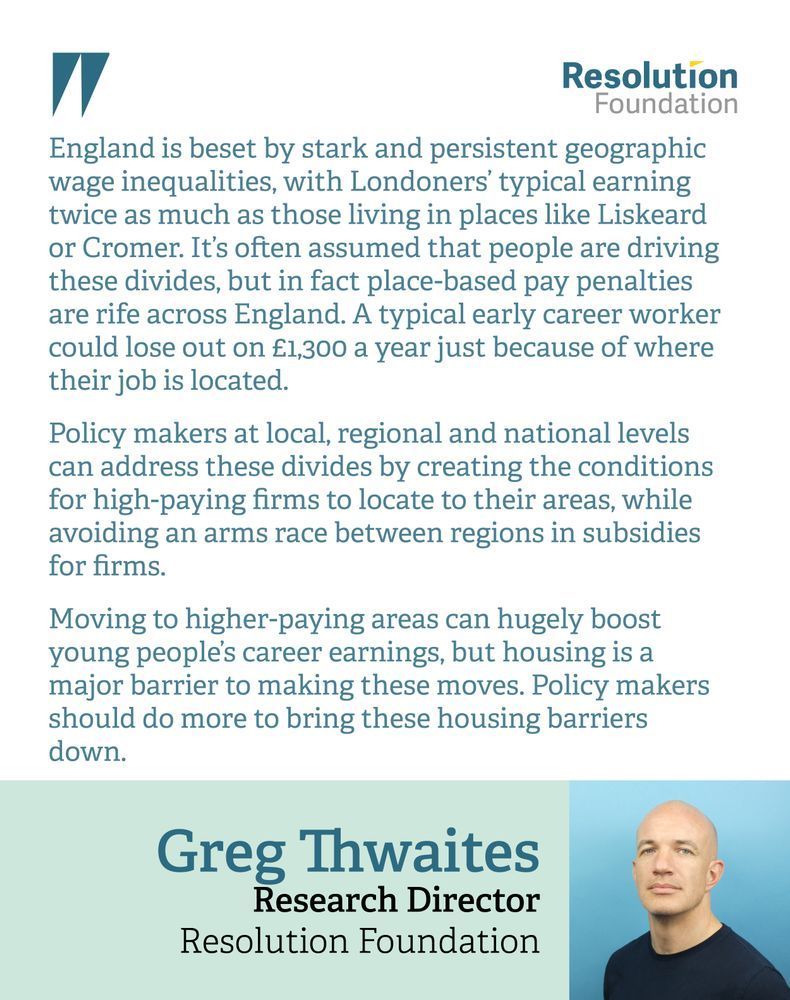Emily Fry
@emilyfry.bsky.social
2.3K followers
350 following
140 posts
Senior Economist at Resolution Foundation, researching trade, growth and living standards.
Posts
Media
Videos
Starter Packs
Reposted by Emily Fry
Emily Fry
@emilyfry.bsky.social
· Jun 30
Emily Fry
@emilyfry.bsky.social
· Jun 23
Reposted by Emily Fry
Emily Fry
@emilyfry.bsky.social
· Jun 23
Emily Fry
@emilyfry.bsky.social
· Jun 23

The power of place • Resolution Foundation
Tracking English early-career workers using the Longitudinal Education Outcomes dataset, we show one-third of regional wage gaps arise from place, not people. Identical full-time workers earn about £1...
www.resolutionfoundation.org
Emily Fry
@emilyfry.bsky.social
· Jun 23
Emily Fry
@emilyfry.bsky.social
· Jun 23
Emily Fry
@emilyfry.bsky.social
· Jun 23
Emily Fry
@emilyfry.bsky.social
· Jun 23
Emily Fry
@emilyfry.bsky.social
· Jun 23
Reposted by Emily Fry
Emily Fry
@emilyfry.bsky.social
· Jun 19
Reposted by Emily Fry
Emily Fry
@emilyfry.bsky.social
· Jun 12
Emily Fry
@emilyfry.bsky.social
· May 1
Emily Fry
@emilyfry.bsky.social
· May 1
Emily Fry
@emilyfry.bsky.social
· May 1











